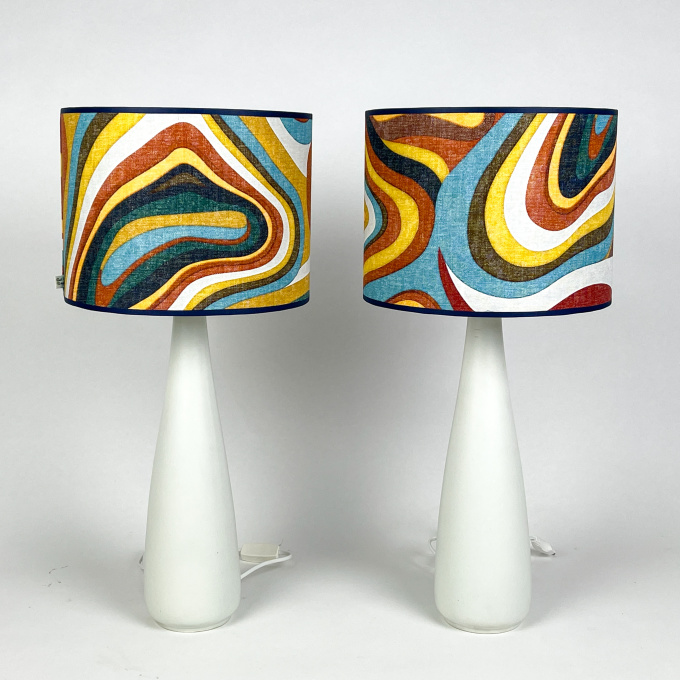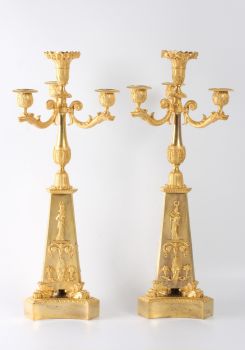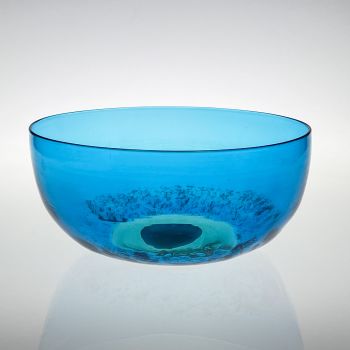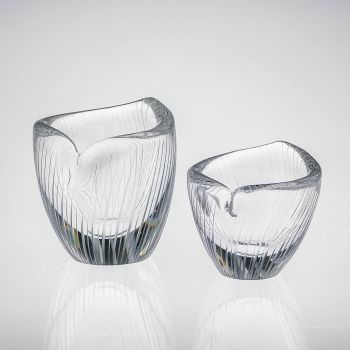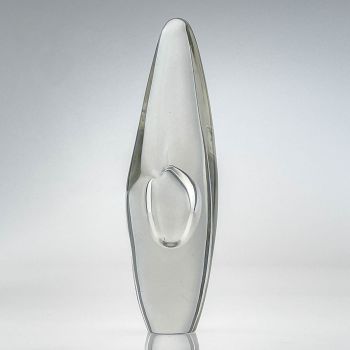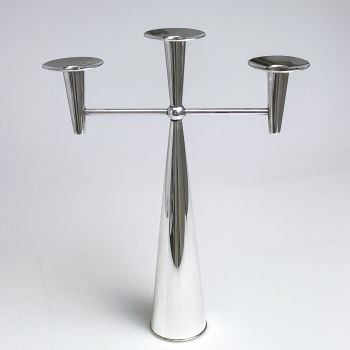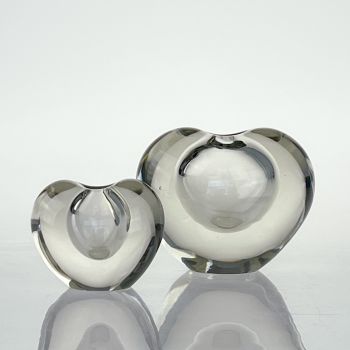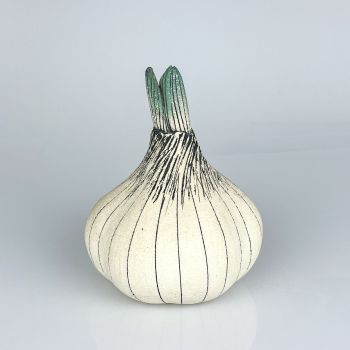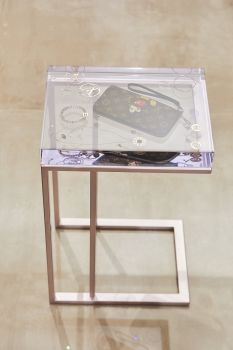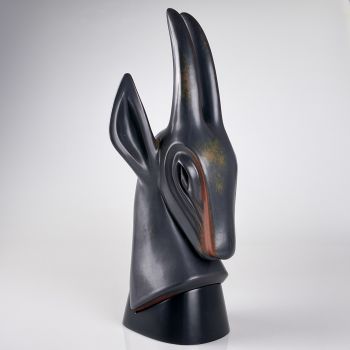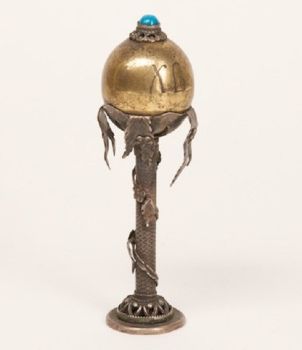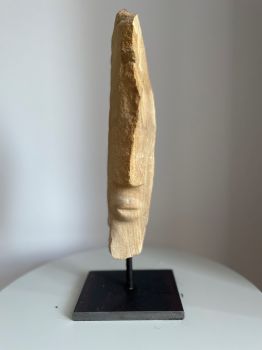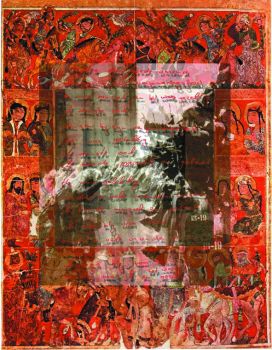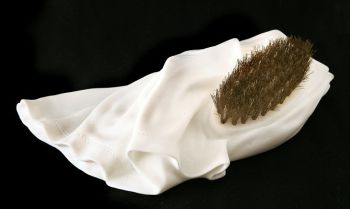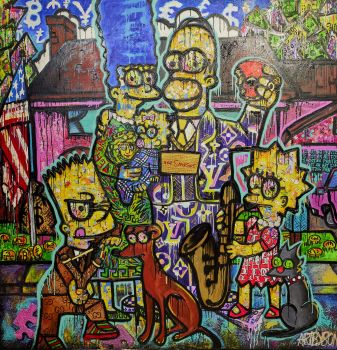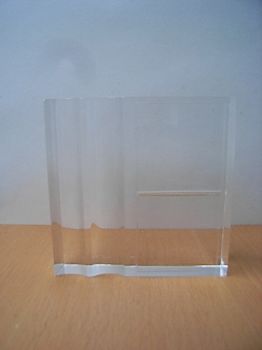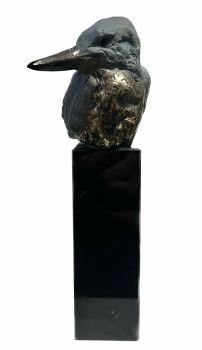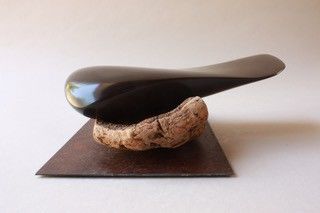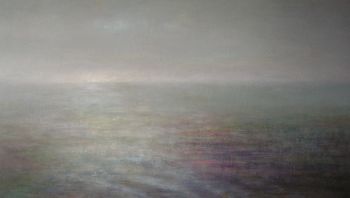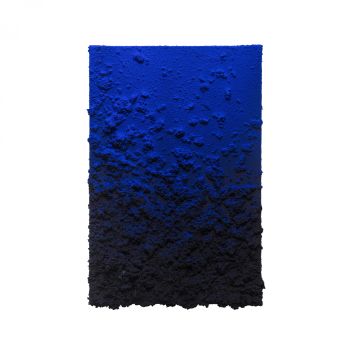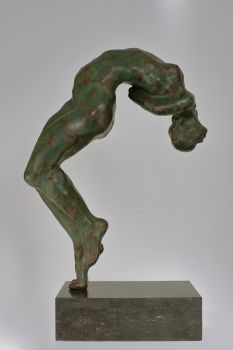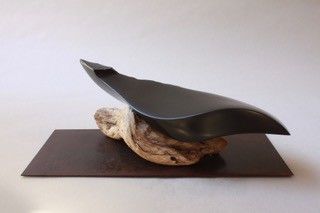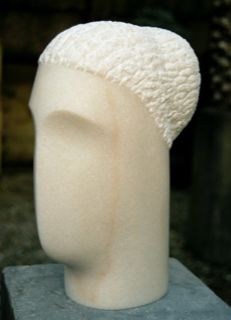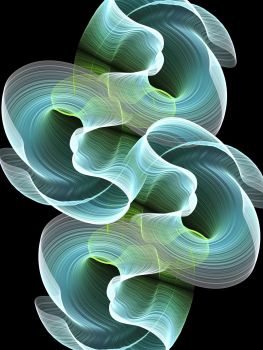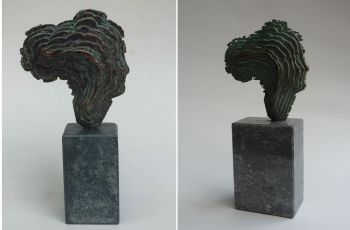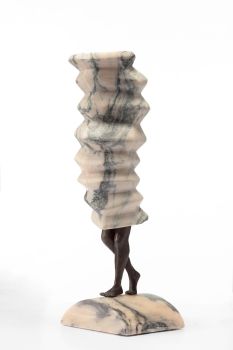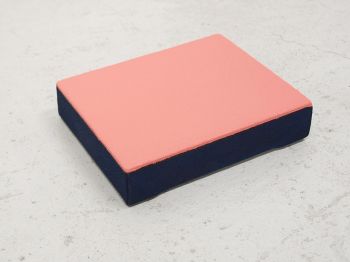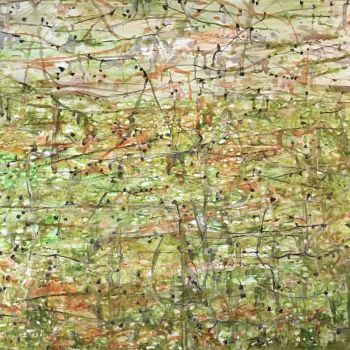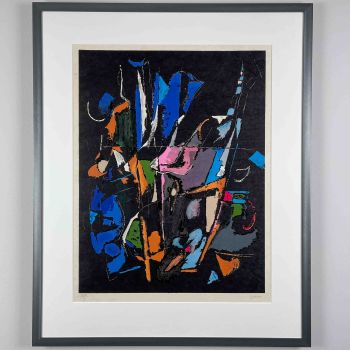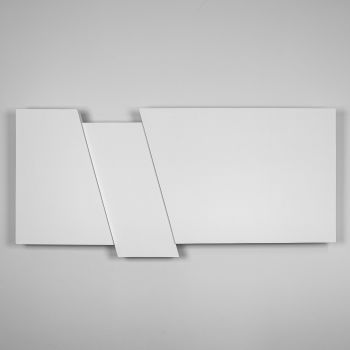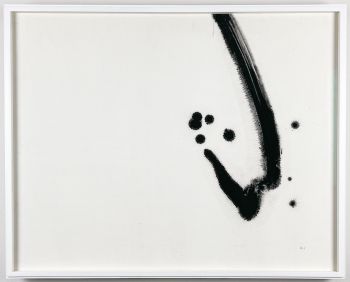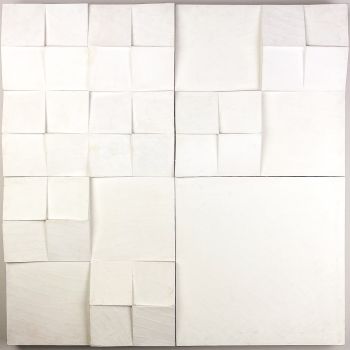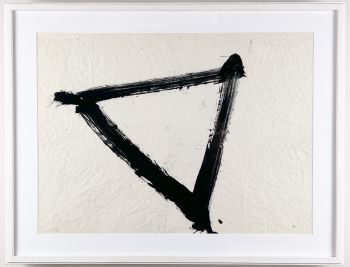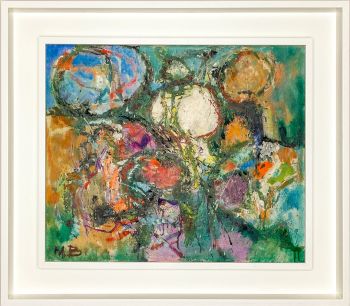Two stoneware tablelamps with bespoke lampshades – Arabia, Finland between 1964-1971 1964 - 1971
Artista Desconhecido
PedraTêxtilGrés
64 cm, ø 30 cm
ConditionVery good
€ 1.350
Van Kerkhoff Art
- Sobre arteA pair of glazed white stoneware tablelamps with bespoke handmade lampshades. Made by Arabia, Finland between 1964 and 1971.
About Arabia
Arabia stands as one of Finland’s most cherished and renowned brands. For more than 140 years, Arabia has been an integral part of Finnish households, enriching both everyday moments and special occasions. With designs that reflect the essence of each era while retaining a timeless appeal, Arabia pieces are not only beautiful but also practical, crafted to endure the test of time.
Originally established as a subsidiary of the Swedish porcelain producer Rörstrang on November 25, 1873, the Arabia brand has seen its fair share of changes in ownership throughout its history.
Carl-Gustaf Herlitz, who had ties to Rörstrand, assumed the role of technical director in 1881. Arabia Aktiefabrik, formed as a limited company in 1885, saw Herlitz taking on the position of managing director in 1893. Notably, Thure Öberg, recruited from Röstrand during the 1890s, served as the company’s pioneering artist until his passing in 1935.
In 1916, Arabia shifted to Finnish ownership, with Carl-Gustaf Herlitz’s son, also named Carl-Gustaf Herlitz, leading as CEO until 1947. Under his guidance, Arabia flourished, becoming the largest porcelain manufacturer in the Nordic region.
From 1947 to 1990, Wärtsilä Oy owned Arabia before it was acquired by Hackman. Today, the Arabia brand finds its home within the Iittala Group, which parted ways with Hackman and was subsequently acquired by Fiskars in 2007.
Kurt Ekholm, appointed as the artistic director of Arabia’s art department in 1932, played a pivotal role in pioneering innovative tableware designs. During its peak, Arabia boasted a workforce of over 1,500 individuals and held the title of Europe’s largest porcelain factory. Additionally, Arabia manufactured toilet seats in Helsinki’s Arabianranta and Ekenäs between 1874 and 1992. However, production at the ceramics factory in Fishers came to a halt on March 18, 2016, with operations relocating overseas.
Marked
Stamped Arabia (stamp used between 1964-1971)
Execution
Arabia, Finland between 1964 and 1971
Condition
Good original condition. No chips or cracks. Wear consistent with age and use. New handmade bespoke lampshades
Literature
Marianne Aav (ed.) Arabia: Ceramic, Art, Industry
Dimensions
Each lamp
Height 64,5 cm
Diameter 30 cm - Sobre artista
Pode acontecer que um artista ou criador seja desconhecido.
Algumas obras não devem ser determinadas por quem são feitas ou são feitas por (um grupo de) artesãos. Exemplos são estátuas dos tempos antigos, móveis, espelhos ou assinaturas que não são claras ou legíveis, mas também algumas obras não são assinadas.
Além disso, você pode encontrar a seguinte descrição:
•"Atribuído a …." Na opinião deles, provavelmente uma obra do artista, pelo menos em parte
• “Estúdio de…” ou “Oficina de” Em sua opinião um trabalho executado no estúdio ou oficina do artista, possivelmente sob sua supervisão
• "Círculo de ..." Na opinião deles, uma obra da época do artista mostrando sua influência, intimamente associada ao artista, mas não necessariamente seu aluno
•“Estilo de…” ou “Seguidor de…” Na opinião deles, um trabalho executado no estilo do artista, mas não necessariamente por um aluno; pode ser contemporâneo ou quase contemporâneo
• "Maneira de ..." Na opinião deles, uma obra no estilo do artista, mas de data posterior
•"Depois …." Na opinião deles uma cópia (de qualquer data) de uma obra do artista
• “Assinado…”, “Datado…” ou “Inscrito” Na opinião deles, a obra foi assinada/datada/inscrita pelo artista. A adição de um ponto de interrogação indica um elemento de dúvida
• "Com assinatura ….”, “Com data ….”, “Com inscrição ….” ou “Tem assinatura/data/inscrição” na opinião deles a assinatura/data/inscrição foi adicionada por outra pessoa que não o artista
Você está interessado em comprar esta obra de arte?
Artwork details
Related artworks
- 1 - 4 / 12
- 1 - 4 / 24
- 1 - 4 / 24
- 1 - 2 / 2
Artista Desconhecido
Silver Russian Presentation Easter Egg1880 - 1899
Preço em pedidoH.W.C. Dullaert Art & Antiques Dealer
1 - 4 / 24- 1 - 4 / 12

